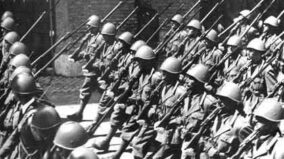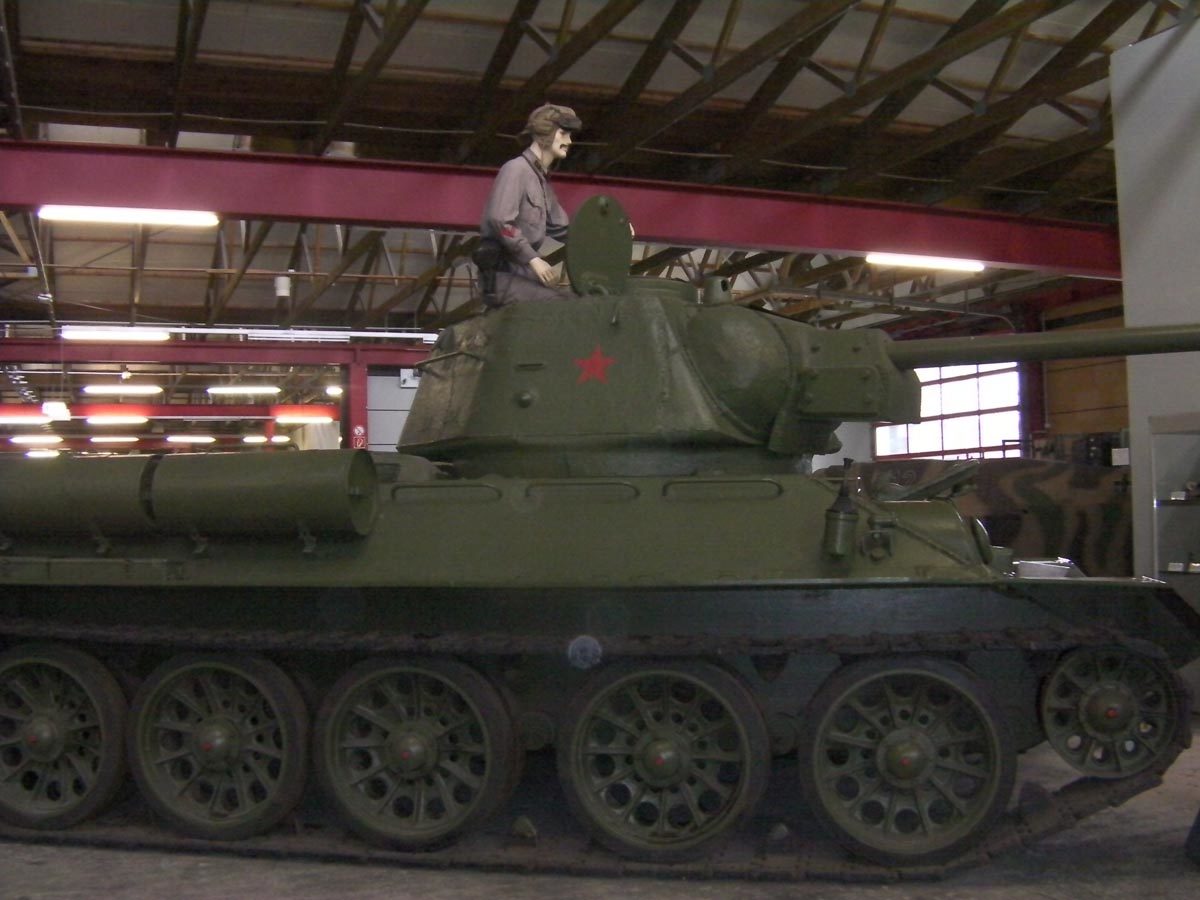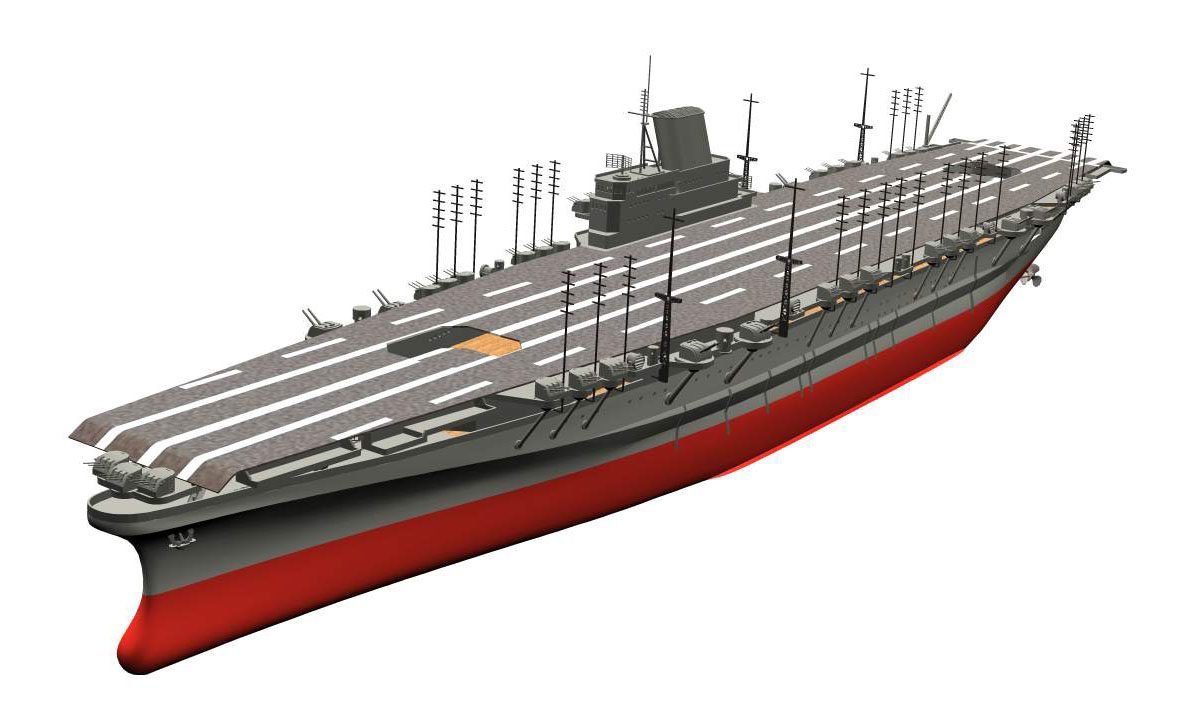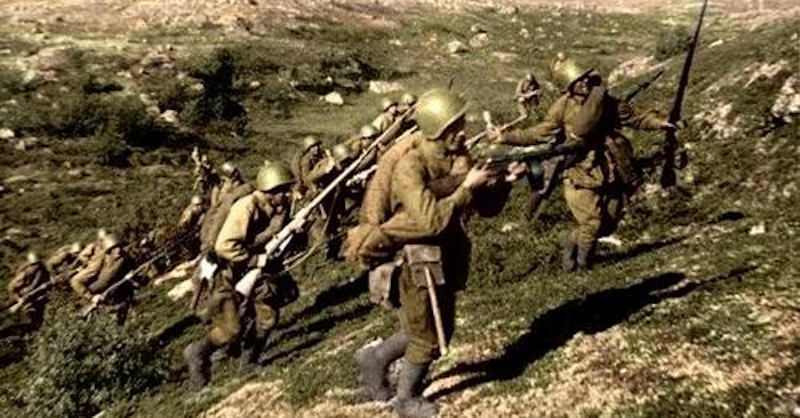Italian infantry rifle Mannlicher-Carcano M1891.
History, development, service, specifications and pictures of Mannlicher-Parravicino-Carcano Modello 91.
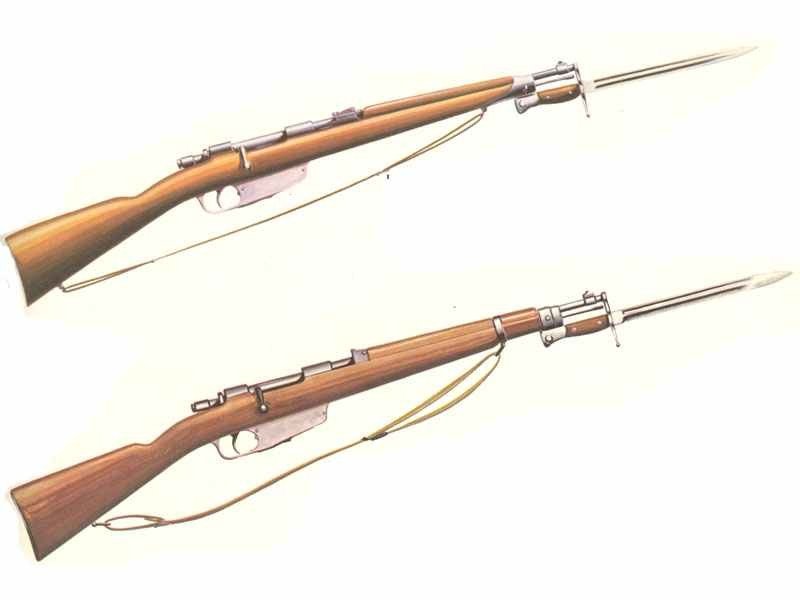
Italian Mannlicher-Carcano rifle
Table of Contents
Mannlicher-Parravicino-Carcano Modello 91
Type: Italian infantry rifle.
The Mannlicher-Carcano rifle, often simply called the Carcano, was a significant firearm in Italian military history.
Overview
Development: It was developed by the chief technician Salvatore Carcano at the Turin Army Arsenal in 1890, initially called the Modello 91 or M91.
Adoption: The rifle was officially adopted by the Italian Army in 1891 and remained in service for over 54 years.
Design: The Carcano was known for its simple but rugged design, making it reliable in various combat conditions.
Caliber: The original M91 was [chambered for the 6.5×52mm Carcano cartridge, though later variants used different calibers.
Variants: Over its long service life, several variants were produced, including the Model 38, which was chambered for the 7.35×51mm Carcano round.
Historical use: The Carcano saw action in multiple conflicts, including the 1898 Milan Riots, the 1911 Italo-Turkish War, and both World Wars.
Despite its long service and historical significance, the Carcano has largely been forgotten in modern times, overshadowed by other more famous military rifles of the 20th century.
History
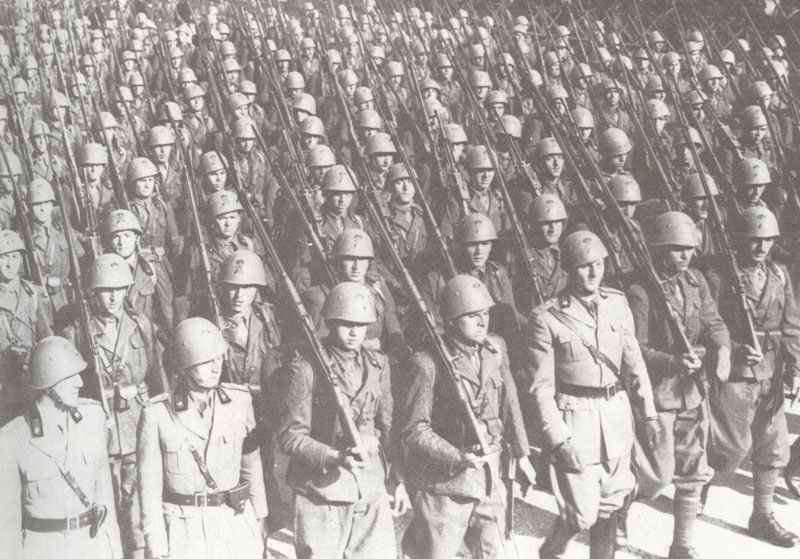
This basic Italian army rifle was developed at the Turin Army Arsenal in 1890 and the names given to it tend to be a little misleading. In fact the only Mannlicher feature of the weapon is the magazine, using a 6-round clip; the only feature attributable to Carcano is the safety catch; while General Parravicino’s name appears to have been attached from courtesy, he was the officer in charge of the commission charged with development of a new rifle design. As for the rest of it, it might just as well have been called ‘Mauser-Carcano’, since the general effect is that of a modified Mauser rifle.
The Mannlicher clip system perhaps warrants some explanation. Although almost everyone calls them ‘clips’, most rifles load from what are properly called ‘chargers’; metal clips which grip the bases of the cartridges and from which the rounds are stripped by thumb-pressure into the magazine, after which the charger is discarded. All Lee-Enfield and Mauser rifles use this system. In the clip system, the clip remains attached to the rounds on loading and forms an essential part of the magazine system, a follower arm forcing the rounds out of the clip and presenting them in turn to the bolt for loading. When the last round has been loaded, in the Mannlicher system the clip drops through a hole in the bottom of the magazine. With the M1 Garand, the only other clip-loader in use during World War II, it will be recalled that the clip is ejected after the last shot has been fired.
On the whole, the M1891 was a serviceable enough weapon and on a par with its contemporaries, and it served as a basis for a host of variations over the years. Its principal drawback was the somewhat weak 6.5 mm cartridge which it fired; the Italians became aware of this deficiency and in 1938 introduced a 7.35 mm cartridge, which they hoped would replace the 6.5 mm. Unfortunately, their financial masters thought otherwise, and the planned change of caliber never took place to the extent they had hoped for. A few rifles and carbines in 7.35mm were eventually issued, but the 6.5 mm weapons were by far the most common throughout the whole of the war.
Variants:
There were numerous variant models, only two of which were of significance to the infantry:
Carbine M1891/24: After World War One the Italians decided to fall in line with the major powers and do away with the separate ‘long’ rifle and carbine models; the 1891 rifles were cut down to a barrel length of 17. 7in, the bolt handle bent down and the sights improved. This then became the standard army rifle.
M1938: The introduction of the 7.35 mm cartridge demanded a slight re-design since it was too powerful to be fired comfortably through a barrel as short as that of the 1891/24. A new rifle with a 21in barrel but otherwise much the same as the 1891/24 was developed. With the failure of the 7.35 mm changeover, numbers of this pattern were made in 6.5 mm caliber; they were probably the best Mannlicher-Carcano rifles ever built. US President Kennedy was shot in 1963 with one of these rifles.
Users: Italy (for all variants).
Pictures Mannlicher-Carcano
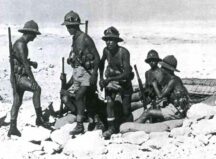
Specifications Mannlicher-Carcano M1891
Specifications:
Mannlicher-Carcano M1891 | Specification |
|---|---|
Type | Infantry Rifle |
Caliber | 6.5 mm |
Length | 50.79 in |
Weight | 8 lb 6 oz |
Barrel | 30.71 in long, 4 grooves, right hand twist |
Feed system | 6-round integral box magazine, clip-loaded |
System of operation | Tumbolt |
Muzzle velocity | 2,400 feet/sec |
Rate of fire | ? |
Service statistics:
Mannlicher-Carcano M1891 | figures |
|---|---|
Manufactures | State Arsenals |
Production delivery | 1924 |
Final delivery | 1943-45 |
Production figure | ? |
Price per unit | ? |
References and literature
The Encyclopedia of Infantry Weapons of World War II (Ian V.Hogg)
Infanterie im 2. Weltkrieg (J.B.King, John Batchelor)
Illustriertes Lexikon der Waffen im 1. und 2. Weltkrieg (V. Dolinek, V. Francev, J. Sach)
The Illustrated Encyclopedia of Weapons of World War I (Chris Bishop)
The Encyclopedia of Weapons of World War II (Chris Bishop)




